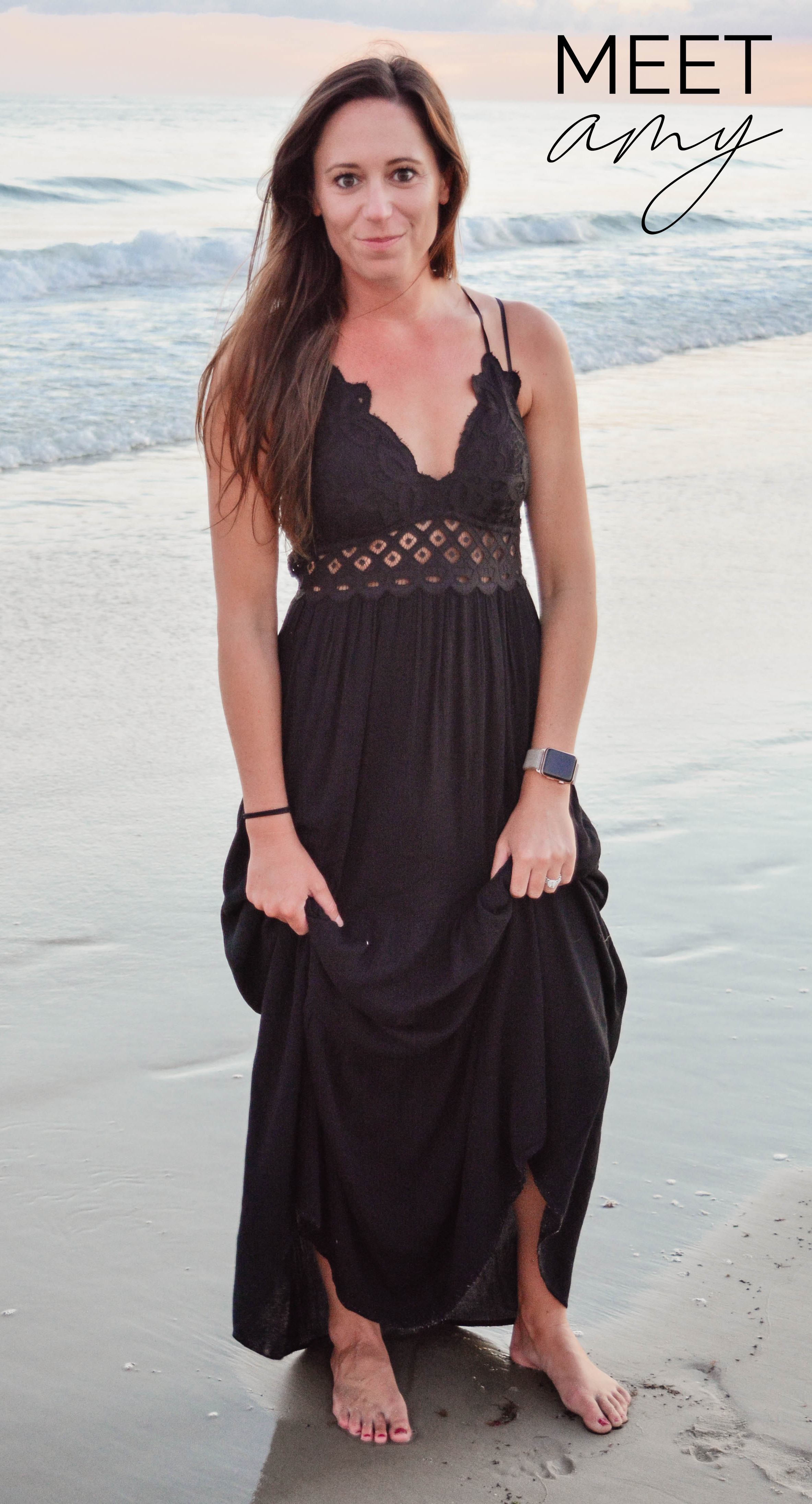I began this post as an all-encompasing ‘my experience at DLBA’ post and it got so long and memory laden that I decided to split it up. Now, this first post is all about my experience during my internship at DLBA and the research we did on Yacht Accessibility.
My senior year at Virginia Tech, I knew that I didn’t want to work in an architecture office (been there, didn’t like it) and was getting pretty discouraged on my whole career decision. Then one day I had an epiphany and stumbled across a niche in the design industry, yacht design. Obviously I grew up on the water, but the thought had never occurred to me to pursue design AND boats…or that yacht design was even a thing. Firing up THE Google a few minutes later and I realized that I was living within miles of one of the world’s top naval architecture and marine engineering firms (!!), Donald Blount & Associates. After a few weeks of what could probably be considered stalking, I had an interview with Donald Blount. World renowned naval architect who also happened to be the NICEST, smartest, coolest man. DLBA has designed many noteworthy vessels, including the 67-meter world record breaking DESTRIERO, the 41-meter FORTUNA, and many other high-performance planing vessels. Donald, along with Pete Buescher, the insanely talented “design department” (one man design department-he literally did it all back then) agreed to give me an internship.
.jpg)
During my internship, I took a course on maritime design through the Westlawn Institute which taught me the basics I needed to know to familiarize myself with motor and sailing yachts (and words like windward, leeward, bulkhead, stringers, flare…lol). My main project, however, was something that was close to Donald’s heart, handicap accessibility aboard yachts. There were no regulations at this point in the private marine industry, and people really weren’t thinking or talking about what happens when you’re injured or sick or aging and can no longer use your yacht and enjoy being on the water. You can learn more here if you want to understand the regulations about the private marine industry. Since there were strict regulations in the commercial design industry, he wanted me to take what I was learning and apply it to a yacht. Using the Palmer Johnson 150 as the design shell, I was able to create a fully accessible concept motor yacht.
.jpg)
We submitted the idea to Yacht Design magazine and they picked it up for publication…meaning I was a published designer before ever even being a ‘real’ designer. I recently went to look back through the magazine publication and found that the article was ripped out-RIPPED OUT. Thankfully, I have another copy at the beach house (somewhere)…and some of the images stored on my computer! Below you’ll find the article from the magazine as well as few of the supporting images that weren’t published. Keep in mind while looking at this project that I was still a design student; I would like to think I have improved a little bit along the way ;)
.jpg)

Here a hand rendered version of the accessible layout with 3′ walkways, appropriate turning space, elevator, etc.

The first challenge was how to get a wheelchair-bound person onto the boat in the first place. While I was researching, I came across an image of a man in a wheelchair dangling from a crane..seriously dangling 50′ in the air…was there really no better way to get them from the dock to the deck!? Pete and I then decided to investigate a few different ideas. These rotating/telescoping accessible passarelle concepts would enable accessibility regardless of the incline and water/dock height.


We also designed a rotating lift to bring the chair in and out of the pool located on the fly deck.

We wanted to make all the luxuries of yachting accessible without sacrificing any of the glamour or convenience. The dock, galley, walkways, heads (toilets), stairs/elevators, staterooms (bedrooms), etc. were altered.


Here’s one of the pages of the publication featuring the original galley rendering…which I went back and re-rendered a year later once realizing the quality of the work I submitted to be published (again-college student).


Yacht interior design is a pretty small industry when compared to architectural design. I have always attributed the fact that I was published to the smaller size of the industry and the fact that I worked for such a well known and respected company…nevertheless, it’s still pretty impressive to look back and see this publication!! I hope you enjoyed it as much as I have enjoyed reminiscing.






